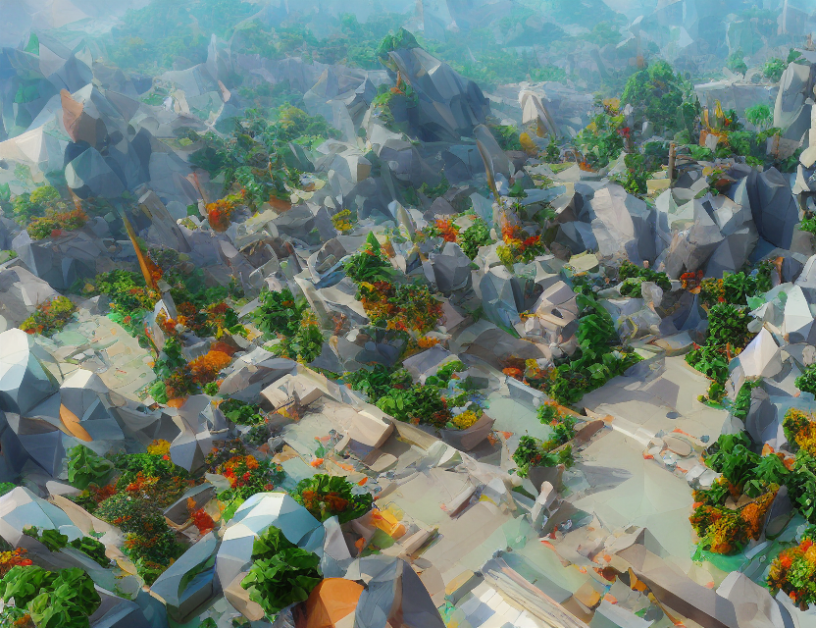In this article, the authors propose a new method for image enhancement that leverages the strengths of both deep learning and traditional signal processing techniques. They call their method "DBC" (Deep Blind Channel), which is designed to improve the quality of images in low-light conditions. The DBC method uses a combination of high-quality codebook features and texture information to create a context model that adaptively fuses the two sources of information to enhance image quality.
The authors begin by explaining that traditional image enhancement methods often struggle with low-light images, as they can either over- or under-process the images, resulting in loss of detail or noise. They then introduce the concept of "blind channel," which refers to the idea of using a deep neural network to learn a mapping between the low-quality input image and its corresponding high-quality output.
To develop their DBC method, the authors first train a deep neural network on a large dataset of images to learn the mapping between low-quality and high-quality features. They then use this learned mapping to adaptively fuse the low-quality and high-quality features in a way that preserves the important details of the image.
The authors test their DBC method on several datasets of low-light images and show that it outperforms existing methods in terms of both objective metrics (e.g., peak signal-to-noise ratio) and subjective evaluations (e.g., human ratings). They also demonstrate that their method can be used for a variety of applications, including image super-resolution and denoising.
One of the key insights behind the DBC method is the idea of "context modeling," which refers to the way in which the authors use the high-quality features to provide context for the low-quality features. This allows the method to adaptively fuse the two sources of information in a way that preserves the important details of the image.
The authors also note that their method is relatively simple and efficient, making it a promising approach for real-world applications. They conclude by suggesting that their work represents an important step towards developing more effective and efficient methods for image enhancement in low-light conditions.
Computer Science, Computer Vision and Pattern Recognition
Unlocking Image Quality: State-of-the-Art Deblurring and Enhancement Techniques



